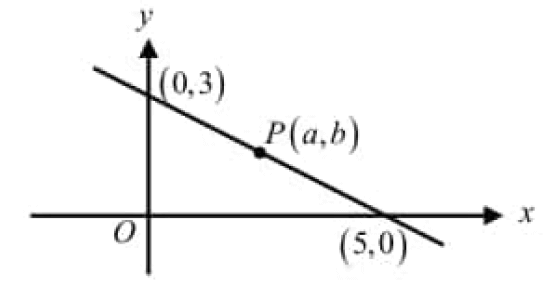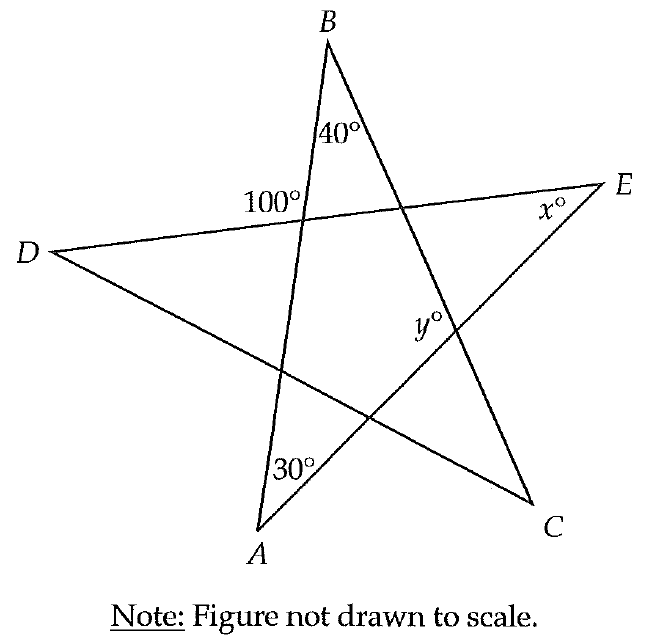HOW TO SOLVE QUANTITATIVE APTITUDE PROBLEMS FASTER
The techniques and methods we apply to solve problems in quantitative aptitude will vary from problem to problem.
The techniques and methods we apply to solve a particular problems in a particular topic of quantitative aptitude will not work for another problem found in some other topic.
For example, the methods we apply to solve the word problems in equations will not work for the word problems in mensuration.
Because, in equations, we will solve most of the problems without any diagram. But, in mensuration, for each word problem, we have to draw a diagram. Without diagram, always it is bit difficult to solve word problems in mensuration.
Even though we have different techniques to solve quantitative aptitude problems in different topics, let us see the steps which are most commonly involved in "How to solve quantitative aptitude problems faster"
Solving Quantitative Aptitude Problems - Steps
Step 1 :
Understanding the question is more important than any other thing. That is, always it is very important to understand the information given in the question rather than solving.
Step 2 :
If it is possible, we have to split the given information. Because, when we split the given information in to parts, we can understand them easily.
Step 3 :
Once we understand the given information clearly, solving the word problem would not be a challenging work.
Step 4 :
When we try to solve the word problems, we have to introduce "x" or "y" or some other alphabet for unknown value (=answer for our question). Finally we have to get value for the alphabet which was introduced for the unknown value.
Step 5 :
If it is required, we have to draw picture for the given information. Drawing picture for the given information will give us a clear understanding about the question.
Step 6 :
Using the alphabet introduced for unknown value, we have to translate the English statement (information) given in the question as mathematical equation.
In translation, we have to translate the following English words as the corresponding mathematical symbols.
of ----> x (multiplication)
am, is, are, was, were, will be, would be ----> = (equal)
Step 7 :
Once we have translated the English Statement (information) given in the question as mathematical equation correctly, 90% of the work will be over. The remaining 10% is just getting the answer. That is solving for the unknown.
These are the steps most commonly involved in solving word problems in mathematics.
Solving Quantitative Aptitude Problems - Example
Question :
The age of a man is three times the sum of the ages of his two sons and 5 years hence his age will be double the sum of their ages. Find the present age of the man.
Answer :
Step 1 :
Let us understand the given information. There are two information given in the question.
1. The age of a man is three times the sum of the ages of his two sons. (At present)
2. After 5 years, his age would be double the sum of their ages. (After 5 years)
Step 2 :
Target of the question :
Present age of the man = ?
Step 3 :
Introduce required variables for the information given in the question.
Let x be the present age of the man.
Let y be the sum of present ages of two sons.
Clearly, the value of x to be found.
Because that is the target of the question.
Step 4 :
Translate the given information as mathematical equation using x and y.
First information :
The age of a man is three times the sum of the ages of his two sons.
Translation :
The Age of a man ----> x
is ----> =
Three times sum of the ages of his two sons ----> 3y
Equation related to the first information using x and y is
x = 3y ----(1)
Second Information :
After 5 years, his age would be double the sum of their ages.
Translation :
Age of the man after 5 years ----> (x + 5)
Sum of the ages of his two sons after 5 years is
y + 5 + 5 = y + 10
(Because there are two sons, 5 is added twice)
Double the sum of ages of two sons ----> 2(y + 10)
would be ----> =
Equations related to the second information using x and y is
x + 5 = 2(y + 10) ----(2)
Step 5 :
Solve equations (1) & (2).
From (1), substitute 3y for x in (2).
3y + 5 = 2(y + 10)
3y + 5 = 2y + 20
y = 15
Substitute 15 for y in (1).
x = 3(15)
x = 45
So, the present age of the man is 45 years.
Quantitative Aptitude - Topics
Please click the below links to know more about each topic listed below.
10. Problems on Boats and Streams
11. Problems on Ratio and Proportion
17. Compound Interest Problems
18. Permutation and Combination
23. Word Problems on Simple Equations
24. Word Problems on Simultaneous Equations
25. Problems on Quadratic Equations
26. Word Problems on Quadratic Equations
29 Logarithm (Concept and Formulas)
Apart from the above topic, you can take aptitude test online by clicking the link start test given below. By taking the aptitude tests given below, you can evaluate your quantitative aptitude skill.
|
• Aptitude Test - 1 |
|
|
• Aptitude Test - 2 |
|
|
• Aptitude Test - 3 |
|
|
• Aptitude Test - 4 |
|
|
• Aptitude Test - 5 |
|
Kindly mail your feedback to v4formath@gmail.com
We always appreciate your feedback.
©All rights reserved. onlinemath4all.com
Recent Articles
-
Digital SAT Math Problems and Solutions (Part - 134)
Apr 02, 25 12:40 AM
Digital SAT Math Problems and Solutions (Part - 134) -
SAT Math Resources (Videos, Concepts, Worksheets and More)
Apr 02, 25 12:35 AM
SAT Math Resources (Videos, Concepts, Worksheets and More) -
Digital SAT Math Problems and Solutions (Part 135)
Apr 02, 25 12:32 AM
Digital SAT Math Problems and Solutions (Part 135)

